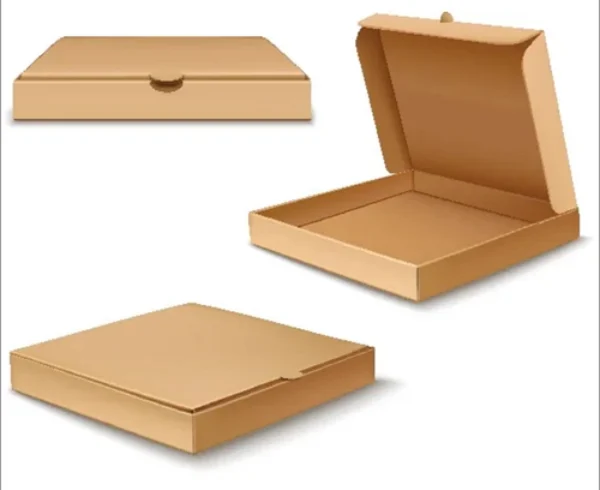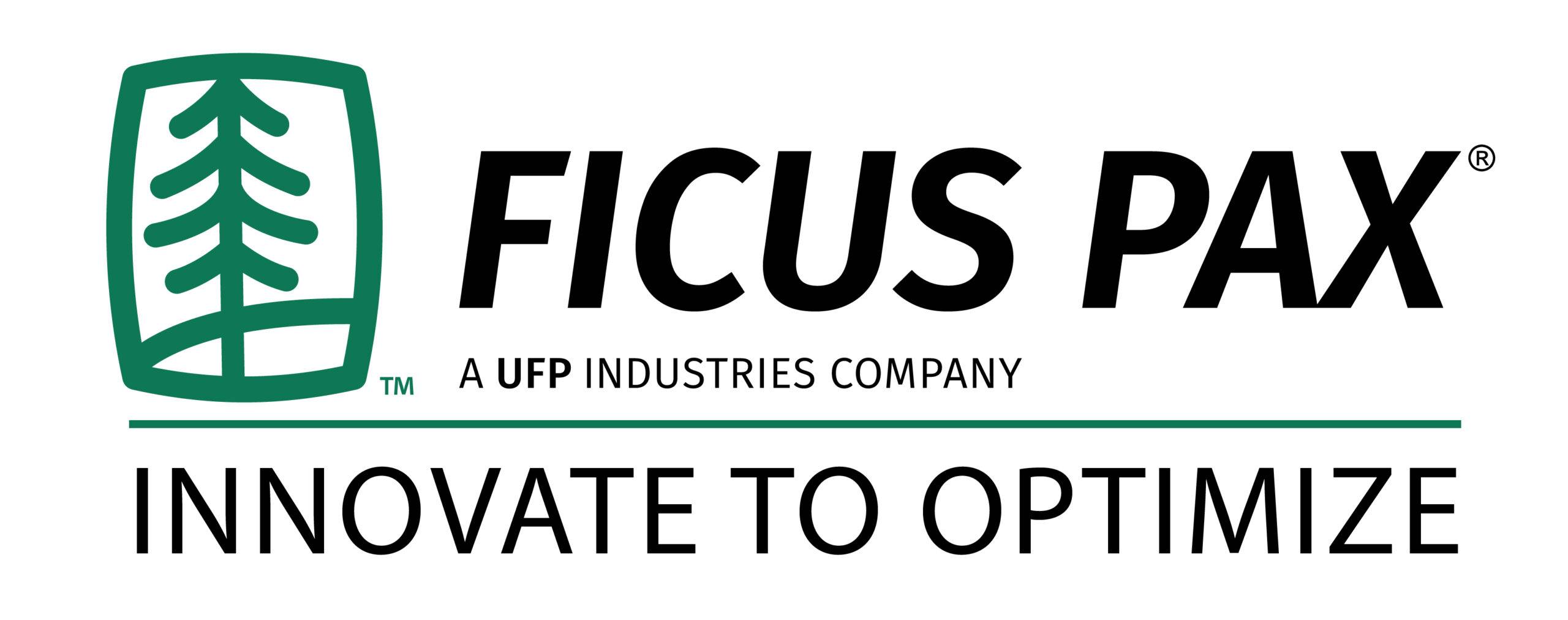How does an Archival box differ from regular storage boxes?

Archival boxes are designed to protect important or valuable documents, photographs, and other items for long-term storage. Unlike regular storage boxes, archival boxes are made from high-quality materials that provide a higher level of protection against damage from light, moisture, and other environmental factors. In this article, we will explore the key differences between archival boxes and regular storage boxes.
- Acid-free materials
One of the main differences between archival boxes and regular storage boxes is the use of acid-free materials in archival boxes. Acid-free paper and cardboard are used to make archival boxes, which means they will not deteriorate or become discolored over time. Regular storage boxes, on the other hand, are often made from materials that contain acid, which can cause documents and photographs to become brittle and yellow over time.
- Buffered materials
In addition to being acid-free, archival boxes are often buffered with materials that help to neutralize any acid that may be present in the environment. Buffered materials, such as calcium carbonate, are added to the paper and cardboard used to make archival boxes. This helps to protect the contents of the box from the harmful effects of acid, which can cause documents and photographs to deteriorate over time. Regular storage boxes do not typically contain buffered materials.
- High-quality construction
Archival boxes are constructed with a higher level of quality than regular storage boxes. Archival boxes are designed to be sturdy and durable, with reinforced corners and strong seams that can withstand the rigors of long-term storage. Regular storage boxes may be made from lower-quality materials and may not have the same level of construction quality.
- Tight-fitting lids
Archival boxes typically have tight-fitting lids that help to keep out light, dust, and other environmental factors that can damage documents and photographs. The lids on archival boxes are designed to create a seal that helps to keep the contents of the box safe and secure. Regular storage boxes may have loose-fitting lids that allow air and dust to enter the box.
- Protection against pests
Archival boxes are often treated with chemicals that help to protect against pests, such as insects and rodents. This helps to prevent damage to the contents of the box from pests that may be attracted to the paper and cardboard used to make the box. Regular storage boxes do not typically contain any pest protection.
- Customizable sizing
Archival boxes come in a variety of sizes and shapes to accommodate a range of items, from documents and photographs to textiles and artifacts. Customizable sizing allows for a tailored fit that ensures the best possible protection for the contents of the box. Regular storage boxes may not offer the same level of customization.
In summary, archival boxes differ from regular storage boxes in several key ways. Archival boxes are made from acid-free and buffered materials, have a higher level of construction quality, feature tight-fitting lids and protection against pests, and offer customizable sizing to accommodate a range of items. These features make archival boxes an ideal choice for long-term storage of important or valuable documents, photographs, and other items.




Leave a Comment